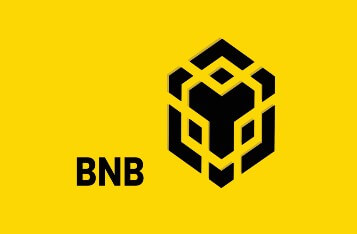News
Transitioning from Rust to Solana: A Comprehensive Guide for Developers
This article provides a detailed guide for developers transitioning from Rust to Solana, highlighting the key differences and setup details.

Developers well-versed in Rust seeking to venture into Solana development are primed to have a smooth transition. According to a recent article by Solana, Rust is an officially supported programming language for writing on-chain programs for Solana, albeit with several key differences in usage. This guide will delve into these differences, focusing on setup details, restrictions, macro changes, and compute limits. It will also explore the required development environments and frameworks.
Understanding the Differences
The article aims to enlighten developers about the differences in using Rust as a programming language when working with Solana. However, it does not address the basics of Blockchain or Solana. It also omits core Solana concepts such as Programs, Accounts, Fees, and Transactions. These essentials must be understood to program effectively in Solana.
Project Setup
Despite the transition, on-chain programs for Solana in Rust remain Rust programs. They follow the standard Rust project with a /src folder and Cargo.toml file in the root. However, there are a few crucial differences.
Project Dependencies
For starters, the solana-program crate is a must-have for every on-chain Solana program written in Rust. This base library is quintessential for all on-chain Rust programs as it defines macros for the required program entrypoint, core data types, logging macros, and more.
Program Entrypoint
Instead of a main function, Solana programs use the entrypoint! macro. This symbol, exported and subsequently called by the Solana runtime when the program runs, calls a given function, which must have a specific type signature.
To gain a deeper understanding of these core concepts, developers can refer to the Solana developer documentation.
In conclusion, while Rust and Solana share many similarities, there are key differences that developers need to understand to transition smoothly and effectively. By understanding these differences and leveraging the resources provided, developers can embark on their Solana journey confidently.
Image source: Shutterstock


